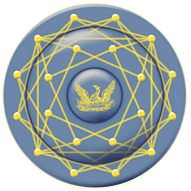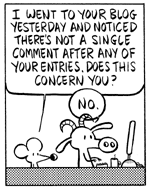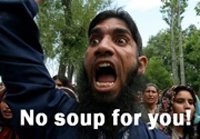Aim at destroying the insurgency's leadership
Now this is something that needs to be expanded and applied in every theater in the war against the islamification of the West. And by every theater, I mean everywhere because islam has infiltrated everywhere.
Targeting of key enemy operators and leaders has worked well for the Israelis and for Special Operations in Iraq. This is of course, a modernized iteration of the Phoenix program that was so effective in Viet Nam.
All I would add to the concept of ISR — short for ``intelligence, surveillance, reconnaissance'' is an "X" for exterminate: ISRX.
FROM JEWISHWORLDREVIEW:
Aim at destroying the insurgency's leadership
By David Ignatius
If there's one foreign-policy issue on which Barack Obama and John McCain seem to agree, it's that the United States should send more troops to Afghanistan. The bipartisan enthusiasm for a troop surge in Afghanistan is so strong that there has been relatively little discussion whether this strategy makes sense.
So here's a skeptical look at the issue, drawn from conversations during a visit there this month with Defense Secretary Robert Gates. Rather than more troops, the real game-changer in Afghanistan may be Gates' plan to spend an extra $1.3 billion on surveillance technology to find and destroy the leadership of the insurgency.
The case for more troops was made forcefully by the new U.S. commander, Gen. David McKiernan. He said in a briefing in Kabul that to cope with rising violence, he needs three more combat brigades, in addition to the extra brigade already promised for early next year. That could add at least 15,000 more troops to the current force of about 35,000. Other senior officers made similar pitches in briefings at Bagram and Jalalabad.
But the commanders' description of the enemy that these troops will be fighting was fuzzy. The adversary isn't al Qaeda; it's not even the Taliban. It's what McKiernan called a ''nexus of insurgency,'' and what other officers described as a ''syndicate'' of insurgents and criminal groups. It's not clear that this nexus, or syndicate, or whatever you want to call it, poses a mortal threat to the United States — or even, necessarily, to the government of Afghanistan.
The ''insurgent syndicate'' was detailed in a PowerPoint briefing by Brig. Gen. James McConville, who is the deputy commander for the area in eastern Afghanistan where U.S. troops are fighting.
One of his slides showed a circle of nine interconnected groups — including the forces of Islamic warlord Gulbuddin Hekmatyar, the ''Haqqani Network'' of tribal leader Jalaluddin Haqqani, the Islamic Movement of Uzbekistan and other mafia-like groups. Al Qaeda is part of the syndicate, in theory. But from what I've heard from U.S. commanders during three visits to Afghanistan this year, al Qaeda's presence remains minimal.
The syndicate members can be deadly, to be sure. The Haqqani network, for example, is believed to be responsible for this year's Kabul bombings at the Serena Hotel in January, at the Victory Day parade in April and at the Indian embassy in July. U.S. officials view the Haqqani group as ''terrorists for hire,'' and they believe the organization has links with Pakistani intelligence. But targeted Special Forces attacks on this group's leadership are likely to have more impact than a general increase in U.S. troops.
The need for precise targeting is why Gates is stressing what's known as ISR — short for "intelligence, surveillance, reconnaissance.''
READ IT ALL:


.jpg)
















